Themes

Designed by expert curriculum directors. It’s hands-on, using real tools and simple materials to make something extraordinary.
Primo
Pre K – K (in the fall)
-

Exploring Light and Shadow
-

Sound and Movement
-

Myths and Legends
-
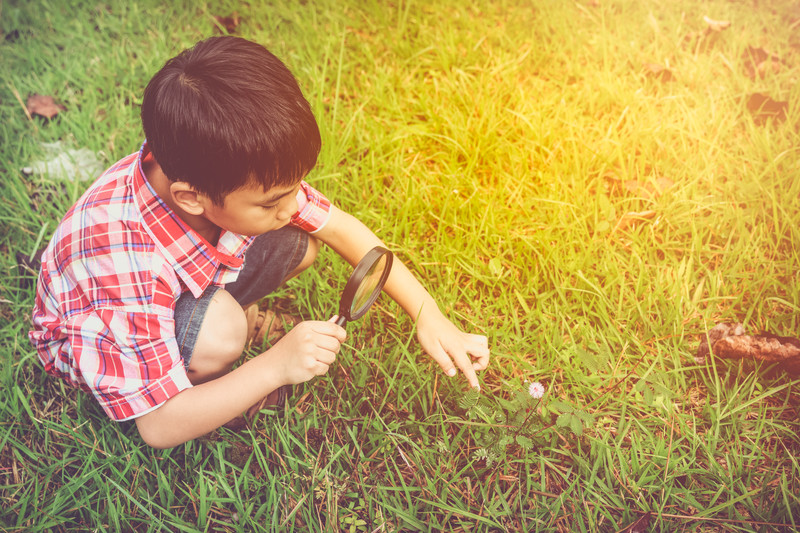
Marvels of the Natural World
-

Building and Engineering
- Learn the basic engineering design process as you experiment with balance, gravity, measurement, symmetry, and spatial relationships.
- Develop your divergent thinking as you prototype different three-dimensional designs in different environments.
- Play with different combinations of materials including rocks and logs, metal and magnets, and new and recycled materials as you test their impact on your structures.
Spark
Grade 1 – 5 (in the fall)
-

Electron Extravaganza
Circuits and magnets will take center stage this week. Buddy up to complete fun projects full of light, movement, and sound. Pull it all together in the form of a fully active town!
- Learn the basics of magnetism and circuits, and use this knowledge to complete projects and challenges.
- Design and build a city … Electro City, an interactive miniature town, complete with a showcase of camper projects.
-
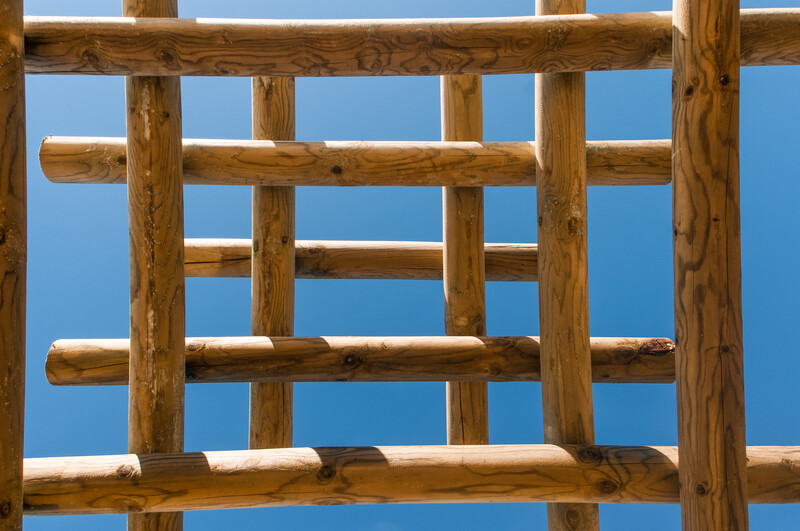
Medieval Engineering
Castles don’t have to just be made out of stone and iron. Use medieval era technology to build a cardboard or wood castle and many of the things you might find in one! Make your own paper and ink to create a tome for secrets, or just fun pictures!
- Learn about simple mechanisms like pulleys and use this knowledge to build a kid-sized castle.
- Make ink, paper, quills, and stamps. Then put them all together to create a personalized book.
- Look out! Mini-catapults might be on the menu. Watch out for flying ping-pong balls!
-
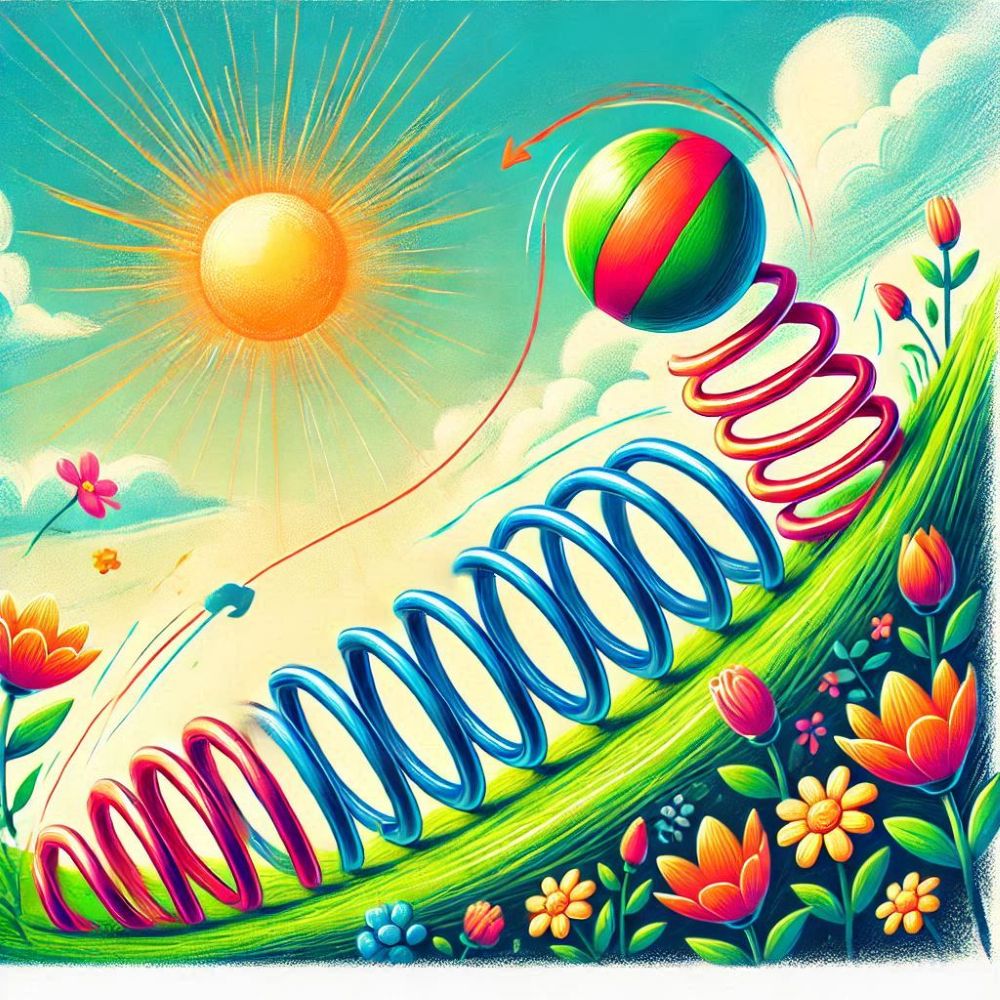
Energy Enquiry
Ready to unlock the mysteries of motion and energy? Watch potential energy transform into kinetic energy as you design and test your creations. Turn curiosity into action and ideas into reality!
- Unleash the power of rubber bands to power your very own helicopter, car or rocket. Learn about tension, energy transfer, and Newton’s 3rd law of motion.
- Fuse the magic of motion and energy with your artistic flair. Channel your inner Simon Hurley and Alexander Calder to create mesmerizing kinetic art.
-
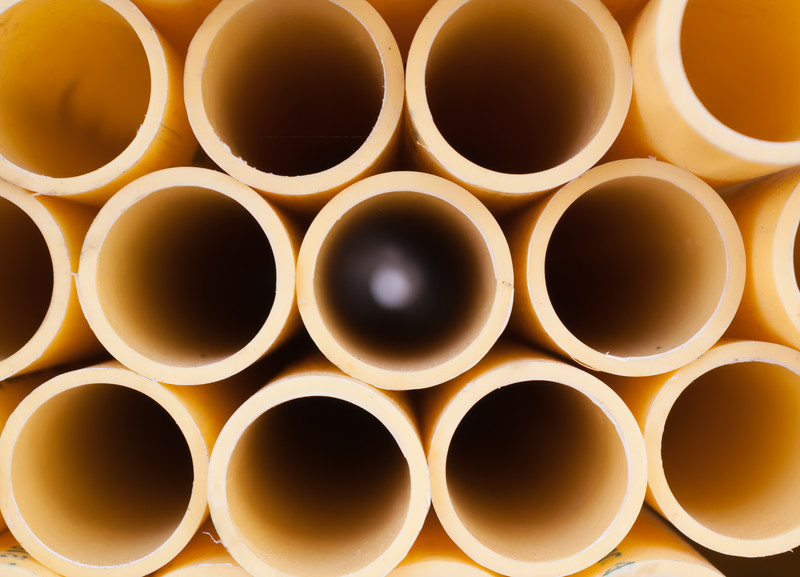
PVC Pursuits
So you’re a master with LEGOs. How about giving PVCs a try and make fun, useful creations? PVC is like LEGOs for adults, but it doesn’t have to be that way. Your imagination is the limit and we are here to get you started.
- Build a periscope to look around corners and over objects, and a marshmallow shooter.
- Work as a team in PVC marble run challenges.
-

Playscapes
- Design, build, and run your own carnival including all of the booths, games, and prizes.
- Investigate the meaning and importance of play and find opportunities to incorporate systems of play into everything you do.
- Explore why logic and rules are needed to create structured play (sports and games) versus non-structured play.
- Offered the week of 6/30.
-
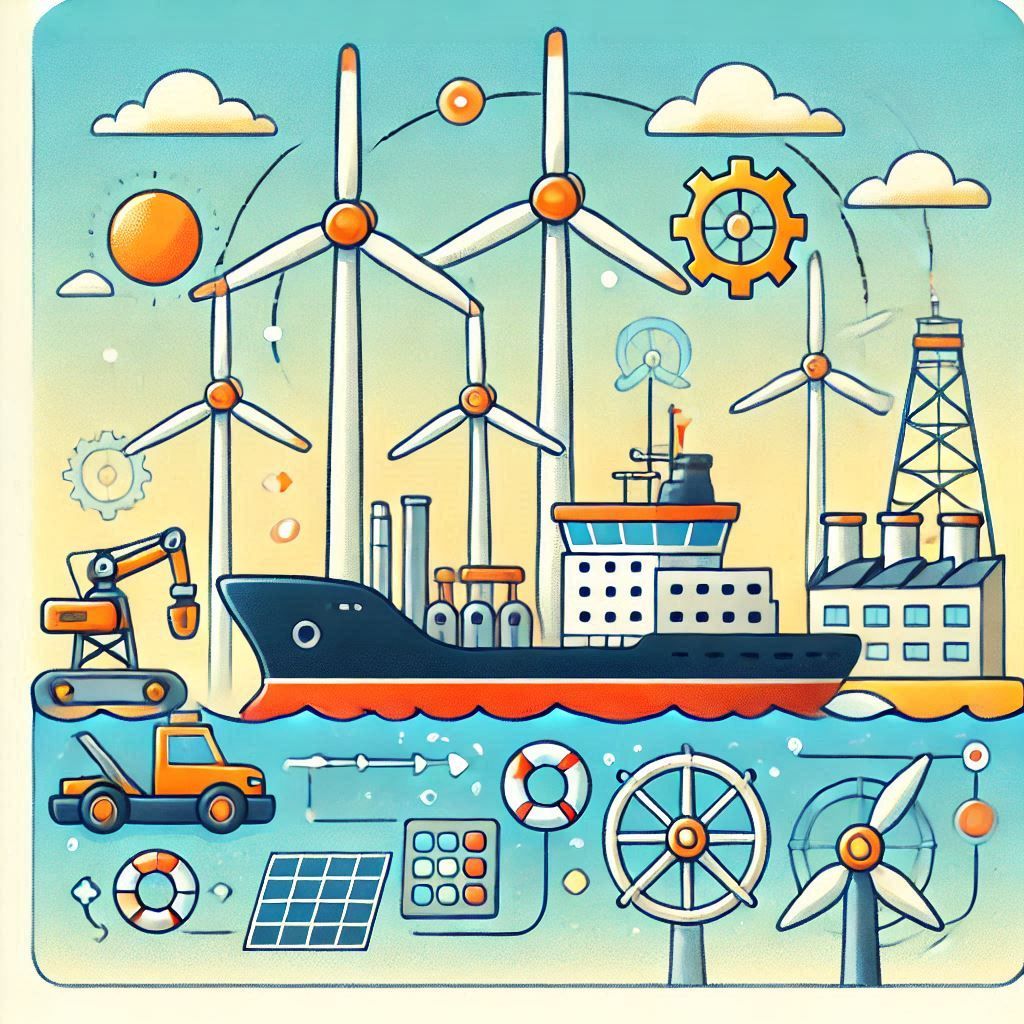
Marine Marvels
Embark on a week of marine-themed innovation and creativity, where you’ll dive deep into the world of engineering and art, making waves with unique creations. Experience the marvels of marine engineering and make a splash in the world of renewable energy and robotics.
- Harness the power of the wind and discover how water can be turned into a powerful energy source. Finish the week with robot arm creations and competition.
- Craft stunning models of ocean creatures and submarines, then bring it all together in a captivating under-the-sea diorama.
Techs
Grade 3 – 8 (in the fall)
-
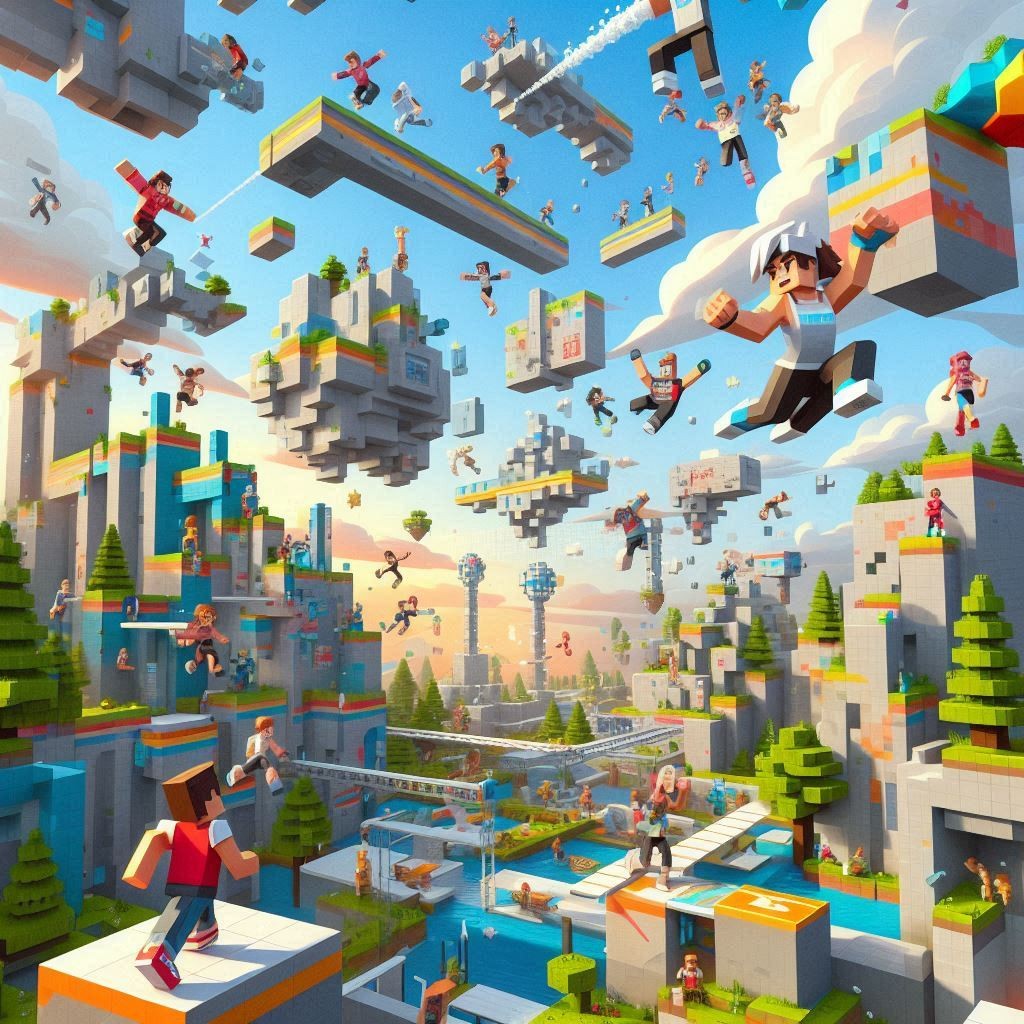
Video Game Design
Design and conquer custom Minecraft parkour maps that challenge players’ skills and creativity! Dive into the world of level design by testing existing maps, understanding player psychology, and crafting your own unique parkour challenges. Small teams will work collaboratively to plan, build, and refine epic Minecraft parkour maps.
- Learn the art of game design through iterative testing and peer feedback.
- Create maps that balance difficulty with player engagement.
-
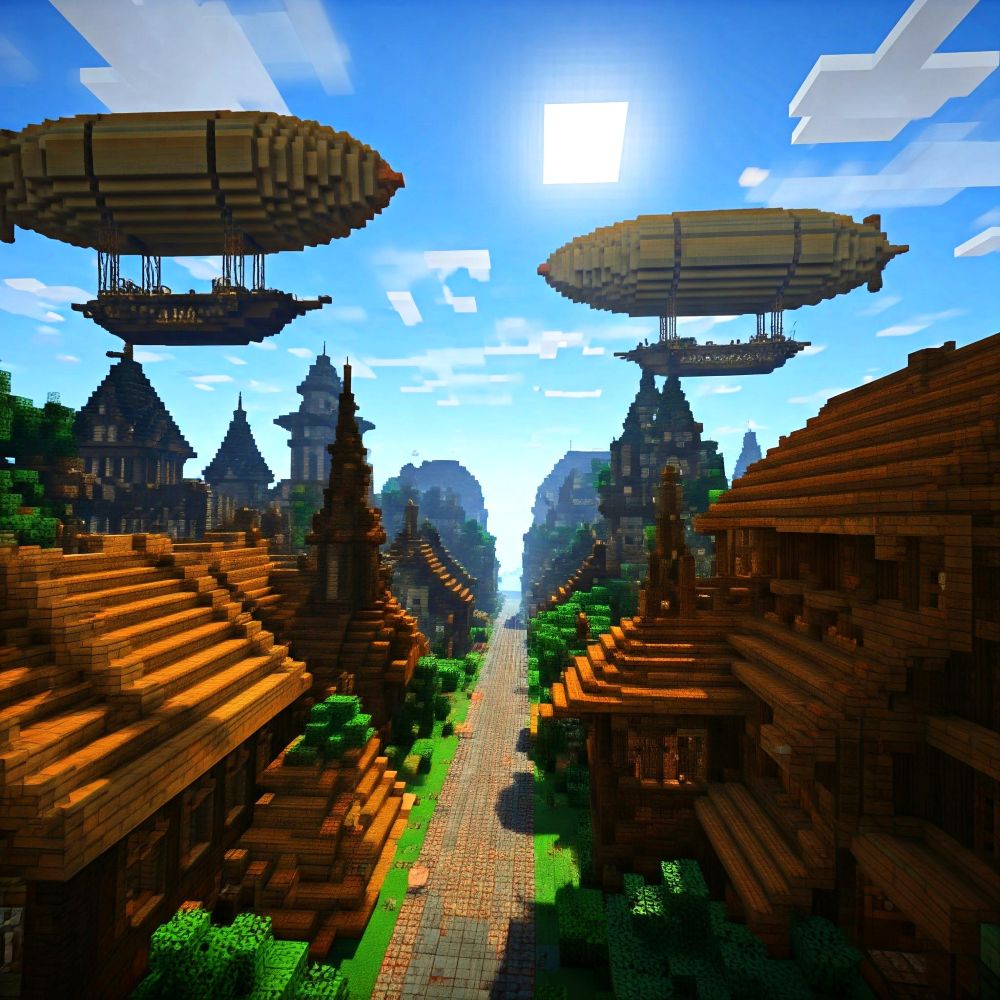
Command-Line Coding + Art
Unleash your creativity while learning command-line tools like WorldEdit to transform Minecraft worlds at the speed of code! Build breathtaking maps for both creative expression and survival challenges.
- Design your own custom maps using advanced building tools and techniques.
- End the week with stunning maps showcasing your artistic and technical prowess.
-

Screencasting
Step into the director’s chair and bring your Minecraft stories to life through filmmaking! Work with your team to plan, build, and star in original short videos. Start with a fun house-building contest to build confidence and teamwork, then dive into crafting your cinematic masterpiece.
- Learn the basics of planning, filming, and editing short videos in Minecraft.
- Collaborate to create imaginative builds and storylines for your film.
- Premiere your finished movie for an audience at the end of the week!
